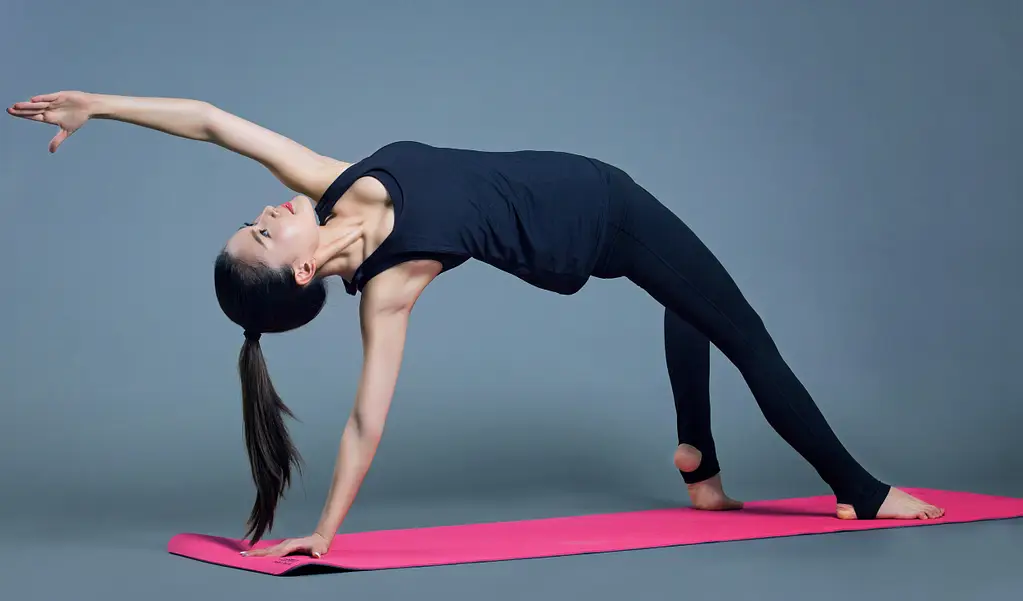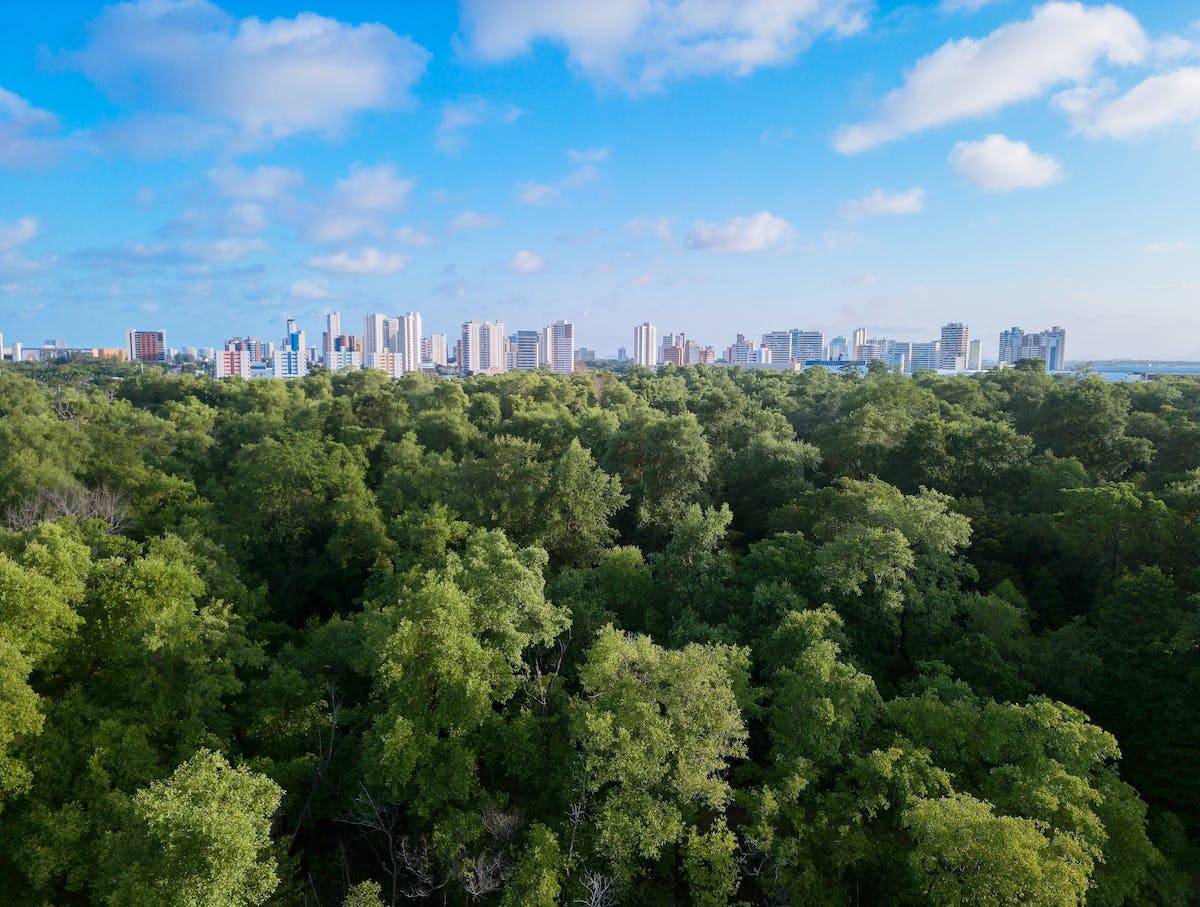How to overcome common barriers to exercise and physical activity.
Discover effective strategies to overcome exercise barriers and stay active. Learn how to conquer common obstacles to physical activity.

Overcoming common barriers to exercise and physical activity can be challenging, but with the right strategies and mindset, you can make regular physical activity a part of your lifestyle. Here are some tips to help you overcome common barriers:
- Lack of Time
- Prioritize: Make exercise a priority by scheduling it into your day. Treat it as an important appointment.
- Shorter Workouts: You don't need to spend hours at the gym. Short, intense workouts or even 10-15 minutes of physical activity can be beneficial.
- Lack of Motivation:
- Set Goals: Establish clear and achievable fitness goals. Having something to work towards can boost motivation.
- Find an Accountability Partner: Work out with a friend or join a group fitness class to hold yourself accountable.
- Fatigue or Low Energy:
- Proper Nutrition: Eat balanced meals and stay hydrated to ensure you have the energy for physical activity.
- Start Slow: Begin with low-intensity activities and gradually increase the intensity as your fitness improves.
- Injury or Health Issues:
- Consult a Professional: If you have health concerns or injuries, consult a healthcare provider or physical therapist for exercise recommendations tailored to your condition.
- Choose Low-Impact Exercises: Consider low-impact options like swimming, cycling, or yoga if you have joint issues.
- Lack of Access to a Gym:
- Home Workouts: Many effective workouts can be done at home with minimal equipment, such as bodyweight exercises, resistance bands, or dumbbells.
- Outdoor Activities: Explore outdoor activities like hiking, running, or biking.
- Weather Conditions:
- Indoor Alternatives: On bad weather days, opt for indoor activities like indoor cycling, swimming at an indoor pool, or using a treadmill.
- Boredom:
- Variety: Mix up your routine with different types of exercise, such as dance, yoga, or team sports, to keep things interesting.
- Music and Entertainment: Create a workout playlist or listen to podcasts to make your workouts more enjoyable.
- Financial Constraints:
- Home Workouts: As mentioned earlier, home workouts can be cost-effective, requiring minimal or no equipment.
- Community Resources: Look for free or low-cost community fitness classes or programs.
- Lack of Support:
- Educate Loved Ones: Share the importance of exercise with friends and family, so they understand and support your commitment.
- Join a Community: Join a fitness or sports club to meet like-minded individuals who can provide encouragement and motivation.
- Stress and Mental Barriers:
- Mindfulness Practices: Incorporate mindfulness techniques like meditation and yoga to reduce stress and anxiety, making it easier to engage in physical activity.
- Professional Help: If mental health barriers are significant, consider seeking help from a therapist or counselor.
Remember that consistency is key when it comes to exercise and physical activity. Start small, stay committed, and gradually build up your fitness routine over time. By addressing these common barriers with the right strategies, you can create a sustainable and enjoyable exercise habit that promotes your overall well-being.
- Lack of Time Management:
- Time Blocking: Allocate specific time slots in your daily or weekly schedule for exercise, just like you would for other important tasks.
- Multitasking: Combine physical activity with other activities, such as watching TV while on a stationary bike or going for a walk during work breaks.
- Perceived Lack of Skill or Knowledge:
- Educate Yourself: Learn about different exercise options and techniques through books, online videos, or by hiring a personal trainer.
- Start with Basics: Begin with simple exercises and gradually progress as you become more confident and skilled.
- Social Pressure or Fear of Judgment:
- Mindset Shift: Focus on your own goals and well-being, rather than worrying about what others may think.
- Find a Supportive Environment: Seek out fitness communities or classes where people are encouraging and nonjudgmental.
- Travel and Disruption of Routine:
- Portable Equipment: Pack resistance bands, a jump rope, or exercise apps for your travels to maintain your fitness routine on the go.
- Bodyweight Exercises: Learn bodyweight exercises that you can do anywhere, such as push-ups, squats, or planks.
- Monotony and Plateaus:
- Change It Up: Periodically change your workout routine to prevent boredom and plateaus in your progress.
- Set New Goals: Continuously set new fitness goals to challenge yourself and stay motivated.
- Financial Investment in Exercise Equipment:
- Buy Used Equipment: Consider purchasing second-hand exercise equipment or searching for deals to reduce costs.
- Gym Memberships: Evaluate the value of a gym membership by comparing it to the cost of other fitness options.
- Unpredictable Schedule:
- Flexible Workouts: Embrace flexible workout routines that can be adapted to fit your changing schedule.
- Short Bursts of Activity: Incorporate short bursts of activity throughout the day, like quick workouts or stair climbing.
- Lack of Immediate Results:
- Patience: Understand that results may not be instant. Focus on the positive feelings and energy that exercise provides, and trust that long-term benefits will come.
- Tracking Progress: Keep a workout journal or use fitness apps to track your progress, which can help you see improvements over time.
- Family Responsibilities:
- Involve Your Family: Include your family in physical activities, like family bike rides or outdoor games.
- Time Management: Coordinate schedules with your family to ensure you have dedicated workout time.
- Self-Doubt and Negative Self-Talk:
- Positive Affirmations: Challenge negative thoughts with positive affirmations and self-encouragement.
- Celebrate Small Wins: Acknowledge and celebrate your achievements, no matter how small they may seem.
Remember that overcoming barriers to exercise and physical activity is a personal journey. What works for one person may not work for another. The key is to find strategies that align with your individual preferences, needs, and circumstances. Stay adaptable, stay committed, and prioritize your health and well-being through regular physical activity.
- Weather-Related Challenges:
- Seasonal Activities: Embrace seasonal activities like skiing in winter, swimming in summer, or hiking in the fall to make the most of different weather conditions.
- Indoor Alternatives: Find indoor facilities like indoor climbing gyms, indoor tracks, or fitness centers to stay active during extreme weather.
- Work-Related Stress and Long Hours:
- Prioritize Self-Care: Recognize that physical activity is essential for stress management and mental health. Make it a priority in your life.
- Lunch Break Workouts: Utilize your lunch break for a quick workout or a brisk walk to refresh your mind and body.
- Sedentary Lifestyle:
- Desk Exercises: Incorporate simple desk exercises, such as leg lifts or chair squats, throughout your workday to counteract prolonged sitting.
- Stand-Up Desk: Consider using a standing desk or a desk converter to alternate between sitting and standing during work.
- Lack of Sleep:
- Improve Sleep Hygiene: Establish a consistent sleep schedule and create a sleep-conducive environment to ensure you're well-rested and energized for workouts.
- Adapt Workout Times: Choose workout times that align with your energy levels, whether it's in the morning, during lunch, or in the evening.
- Traveling for Work or Leisure:
- Hotel Workouts: Many hotels offer fitness centers. Check ahead and pack appropriate workout gear.
- Bodyweight Workouts: Master bodyweight exercises that require minimal space, such as burpees, lunges, and planks.
- Perceived Lack of Enjoyment:
- Try New Activities: Experiment with different forms of exercise until you find one that you genuinely enjoy, whether it's dancing, martial arts, or playing a sport.
- Incorporate Hobbies: Combine physical activity with hobbies you love, like gardening, birdwatching, or photography on nature walks.
- Health Conditions Requiring Medication:
- Consult Your Doctor: Talk to your healthcare provider about the type and intensity of exercise that's safe and suitable for your specific health condition.
- Medication Management: Ensure that you're adhering to your medication regimen and monitoring any potential side effects that may impact your ability to exercise.
- Peer Pressure to Avoid Exercise:
- Communicate Boundaries: Politely but firmly communicate your commitment to your health and fitness goals. Encourage your friends and family to support your efforts.
- Seek Like-Minded Individuals: Connect with individuals who share your fitness interests and values, whether through fitness clubs or online communities.
- Perfectionism:
- Embrace Imperfection: Understand that it's okay to have off days or miss a workout occasionally. The key is consistency over the long term.
- Focus on Progress: Measure your success not by perfection but by your continuous progress and growth.
- Fear of Failure:
- Reframe Failure: View setbacks as opportunities to learn and grow rather than as failures. Each challenge can be a stepping stone to success.
- Seek Support: Consider working with a fitness coach or counselor who can help you address and overcome your fear of failure.
Ultimately, the path to regular exercise and physical activity involves finding a balance that works for you and your unique circumstances. By persistently addressing and adapting to common barriers, you can create a sustainable and fulfilling fitness routine that contributes to your overall health and well-being. Remember, small, consistent efforts can lead to significant long-term improvements in your fitness and quality of life
What's Your Reaction?




















